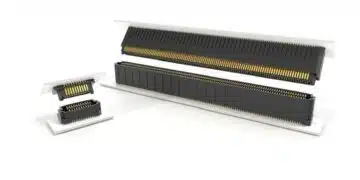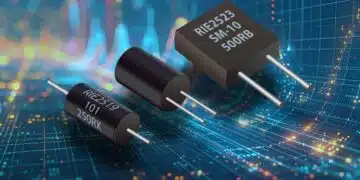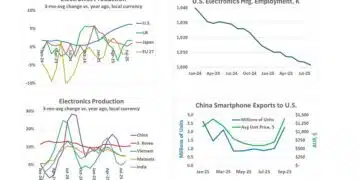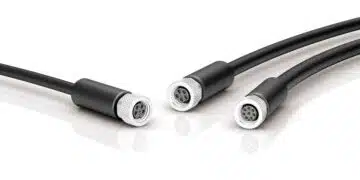The AVX VT series includes options that can operate at up to 175 degrees Celsius with no derating, which is ideal for under the hood, downhole, and other high temperature automotive and industrial applications.
Varistors are available with working voltages from 14 to 31 volts DC and offer bi-directional protection against overvoltage events. They also attenuate EMI and protect against ESD up to 25kV.
AVX VT series varistors are available in case sizes from 0603 to 1210 and are AEC-Q200 qualified.
- Operating Temperature: -55°C to +150°C (VTA3) / +175°C (VTA7), no derating
- Working Voltage: 14VDC to 31VDC
- Bi-directional protection
- EMI/RFI Protection, ESD rated to 25kV (HBM ESD Level 6)
- Case Sizes: 0603 to 1210
- AEC-Q200 qualified
Source:
TTI, AVX






























